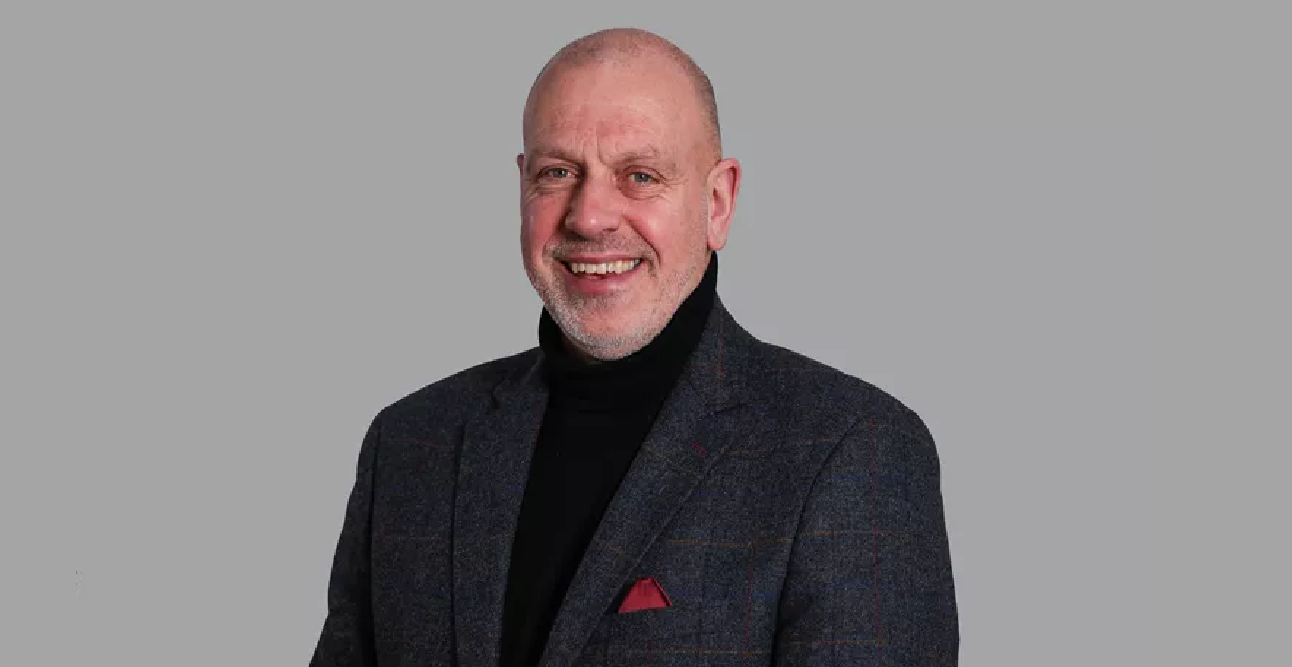The UK is in the midst of surging inflation rates and food prices have been one of the main areas affected. The food inflation rate has risen significantly over the last year, although it eased slightly to 14.9% for food and non-alcoholic beverages in July 2023. Over half of UK adults report needing to spend more than usual on their food shopping. Businesses across the UK have also had to bear the brunt of rising costs for basic food items.
- Supermarkets and other food retailers have seen drastic reductions in profit margins due to the increased cost of produce such as fruits, vegetables and grains. Consequently, many retailers have been compelled to raise prices on items like dairy products, meat, and tinned goods to ensure their sustainability and longevity.
- The hospitality industry has been hit even harder, with the inflation rate for UK restaurants and hotels reaching 9.6% in July 2023. Businesses have experienced the ramifications of rising food prices across their entire operations, from procurement to staff wages. This means many bars, restaurants and cafes are facing significant challenges in maintaining their pricing structures without passing on the costs to customers.
Why are food prices in the UK rising so much?
Inflation is a multifaceted issue, and the recent surge in UK food prices can be attributed to a complex interplay of various circumstances. The following points are just a handful of examples from a multitude of wider geographical and socioeconomic factors:
- Agricultural issues: The UK's agricultural industry has been facing significant challenges in recent years. Climate change has brought unpredictable weather patterns, hindering farmers’ attempts to plan and manage crops effectively. There has also been a decline in available labour, leading to a shortage of farm workers to carry out essential tasks. These issues have had a detrimental impact on productivity, curtailing the supply of locally-grown produce. As a consequence, the prices of these products have been on the rise, affecting both farmers and consumers alike.
- Conflict in Ukraine: The ongoing conflict in Ukraine, a country renowned for its status as one of the world's top grain exporters, has created a domino effect on global food prices. For example, in June 2023 the BBC reported that farmers should not expect rising food prices to fall due in part to sanctions on trade in Russia, a leading exporter of fertiliser. As tensions persist, the repercussions have been acutely felt in the UK, where the rising cost of food imports has posed challenges for consumers and businesses alike. The situation highlights the interconnectedness of the global food market and underscores the need for diplomatic efforts to resolve the conflict and restore long-term stability.
- Brexit: Since the UK's exit from the European Union, import costs have seen a notable increase. This increase in costs can be attributed to the introduction of new tariffs and trade barriers, which in turn have resulted in delays and price hikes. The recent changes in European import policies have had a significant impact on the food industry. For instance, many restaurants have struggled to find certain ingredients for their dishes due to limited access to European markets. Additionally, some food manufacturers have had to restructure their supply chains to avoid disruptions caused by the new policies.
- The UK economy: The current state of the UK economy is characterised by high levels of national debt and a significant increase in the cost of living. This rise in the cost of living has put pressure on households, as they face higher expenses for everyday necessities, including food. The government's efforts to achieve fiscal balance are aimed at addressing these economic challenges, but the financial strain caused by these factors continues to be felt across the country.
How can retailers handle food inflation?
Effectively combating food inflation requires a tactical and proactive approach from retailers. By analysing market trends, optimising sourcing and distribution and adopting new cost-saving measures, retailers can navigate the complexities of food inflation. Here are a few practical tips for retailers contending with the rising tide of inflation.
Re-evaluate supply chain relationships
As food prices continue to rise, it is increasingly crucial for food retailers to assess and strengthen their supply chain relationships. By cultivating solid and transparent connections with suppliers, retailers can not only negotiate better deals but also secure more favourable prices.
One effective strategy for retailers is to engage in long-term contracts with suppliers. These provide a buffer against price fluctuations, allowing retailers to plan more effectively for the future. This stability in pricing can help mitigate the impact of sudden price increases and provide a sense of security for both retailers and consumers.
Additionally, retailers can consider diversifying their supply chains by sourcing from a variety of suppliers both locally and internationally. Not only would this ensure a steady flow of products, but it could also create healthy competition among suppliers to offer affordable high-quality goods.
Implement strategic pricing
When recalibrating their pricing strategies, retailers should avoid implementing blanket price increases across all products. Instead, a more strategic approach should be taken, one that involves considering which items can sustain price increases and which ones must remain stable. This requires a comprehensive understanding of customer preferences, more specifically what they are willing to pay for certain products.
To determine which items can withstand price increases, retailers can leverage customer surveys and analyse sales data. By doing so, they can identify the products that are less price-sensitive and prioritise adjustments accordingly. This approach not only helps mitigate the impact of rising costs on the most price-sensitive items but also ensures the preservation of customer loyalty and maintains sales volume. Retailers can therefore strike more of a balance between maintaining profitability and meeting customer demands.
Enhance operational efficiency
To effectively mitigate the impact of inflation, retailers can place their attention on minimising operating costs. This can be accomplished by conducting a comprehensive audit of their business to pinpoint areas for potential cost savings.
For instance, retailers can consider implementing energy-saving measures in stores such as LED lighting, motion sensors, and smart heating/cooling systems. Investing in technology solutions like automated inventory management systems can streamline processes and improve accuracy, as well as reduce manual labour costs and food waste. Additionally, optimising store layouts to minimise wasted space and improve customer flow can contribute to cost reduction. While this may involve some upfront costs, the long-term savings and improvements should hopefully justify the initial investment.
Invest in private-label products
Private-label or 'own-brand' goods have gained significant popularity in recent years. This is primarily due to their unique ability to generate higher profit margins for retailers when compared to branded goods. It has been reported that private-label product sales have increased at double the rate of branded goods in 2023.
By investing in the development of high-quality private-label products, retailers not only gain a competitive edge but also have greater control over pricing strategies. This enables them to pass on cost savings to consumers, especially in an inflationary environment, which in turn fosters customer loyalty and attracts price-conscious shoppers.
Furthermore, the success of private-label products lies in their ability to offer unique features and superior quality. Retailers can tailor these products to meet the specific needs and preferences of their target market for a personalised and satisfying customer experience. This customisation aspect not only further differentiates private-label products from their branded counterparts but also allows retailers to establish themselves as industry leaders and trendsetters.
Moreover, retailers can leverage the flexibility of private-label products to quickly adapt to changing market trends and consumer demands. This agility in product development and innovation enables retailers to stay ahead of the competition and capture new market opportunities. By continuously refining and expanding their private-label product range, retailers can keep customers engaged and excited, driving repeat purchases and long-term brand loyalty.
Leverage technology and analytics
Advanced technology and sophisticated data analytics techniques can result in more informed, reliable decisions to effectively combat inflation. By leveraging cutting-edge forecasting tools, retailers can accurately predict future price trends, empowering them to proactively plan and adjust their strategies accordingly.
Moreover, the analysis provided by data analytics can offer valuable insights into customer buying behaviour, allowing retailers to precisely tailor their offerings to meet the evolving needs and preferences of consumers. This not only optimises sales but also enhances the customer experience. By staying ahead of the curve and embracing technological advancements, retailers can stay competitive and ensure long-term success in an ever-evolving business environment.
The key to successfully managing food inflation is staying agile and prepared for the unexpected. By having a deep understanding of customer needs and leveraging cutting-edge technologies, retailers can create sustainable strategies that ensure long-term success in this dynamic and oftentimes volatile market environment.
Read more about the global implications of current inflationary pressures on grocery retailers in our free whitepaper available to download below.
Foods Connected offers a range of award-winning software solutions for the food industry. In particular, Foods Connected can be used to strengthen and manage supply chains and optimise procurement, reducing costs while guaranteeing the highest levels of food safety and quality.

Alex Chenery-Howes
Stay up to date
Stay up to date
Browse Posts
- December 2025
- November 2025
- October 2025
- September 2025
- August 2025
- July 2025
- June 2025
- May 2025
- April 2025
- March 2025
- February 2025
- January 2025
- December 2024
- November 2024
- October 2024
- September 2024
- August 2024
- July 2024
- June 2024
- May 2024
- April 2024
- March 2024
- February 2024
- January 2024
- December 2023
- November 2023
- October 2023
- September 2023
- August 2023
- July 2023
- June 2023
- May 2023
- April 2023
- March 2023
- December 2022
- November 2022
- October 2022
- September 2022
- August 2022
- July 2022
- June 2022
- May 2022
- April 2022
- March 2022
- February 2022
- January 2022
- December 2021
- November 2021
- October 2021
- August 2021
.png)

/Blog%20Headers/shutterstock_1927957907%20(1).jpg)
/Blog%20Headers/shutterstock_1845178195%20(2).jpg)
/Blog%20Headers/shutterstock_2133827717%20(1).jpg)
/Blog%20Headers/shutterstock_2473376713.jpg)
/Blog%20Headers/shutterstock_2247276303.jpg)
.png)
.png)




.png)

/Blog%20Headers/Preparing%20for%20the%20EU%20Deforestation%20Regulation%20(EUDR)everything%20you%20need%20to%20knowjpg.jpg)
/Blog%20Headers/shutterstock_2498984931.jpg)
.png)


.png)
![[Infographic] Story of a hamper: understanding the traceability journey](https://blog.foodsconnected.com/hubfs/Blog%20Imagery%20(PI%20AUTOMATED)/Blog%20Headers/Story%20of%20a%20hamper%20understanding%20the%20traceability%20journey.jpg)